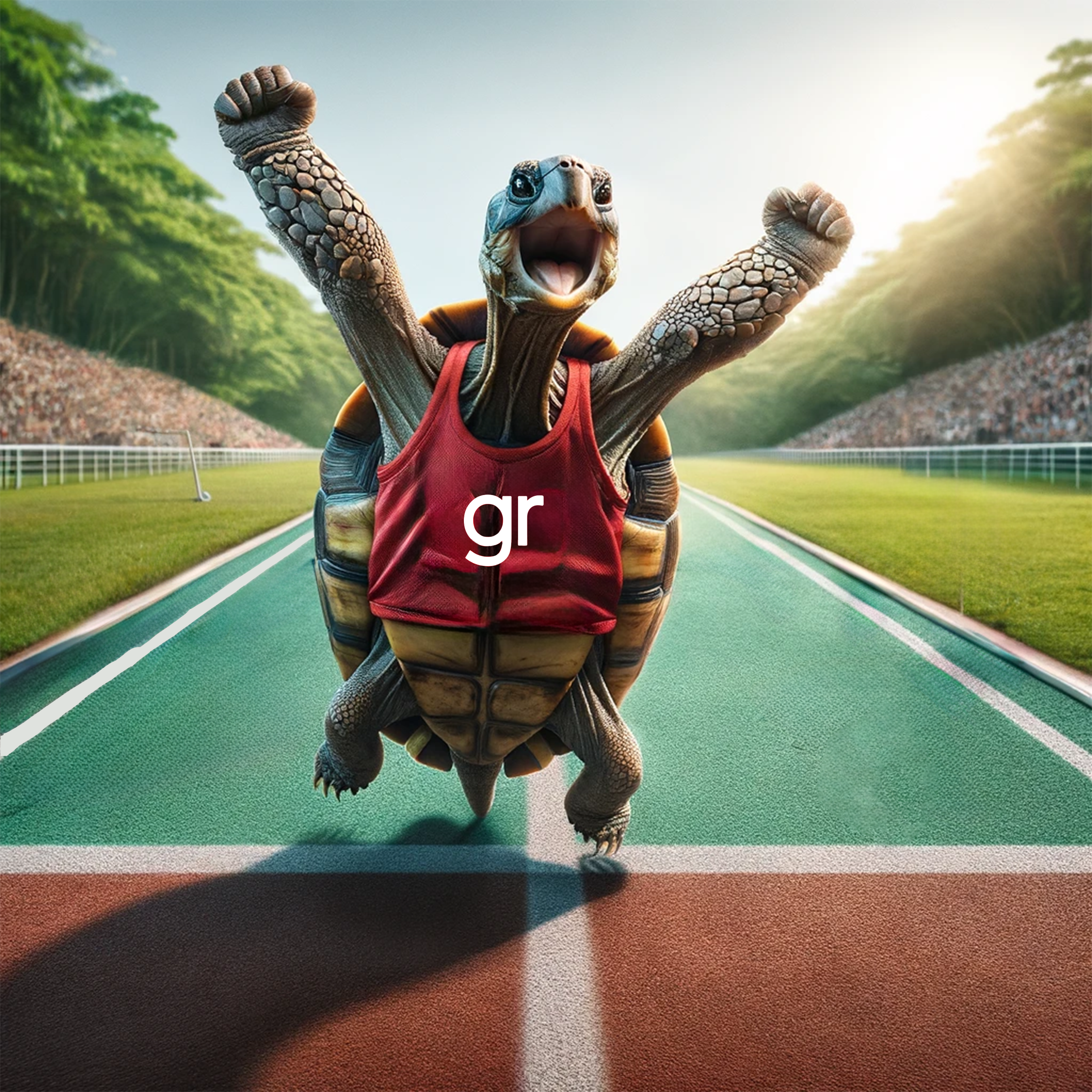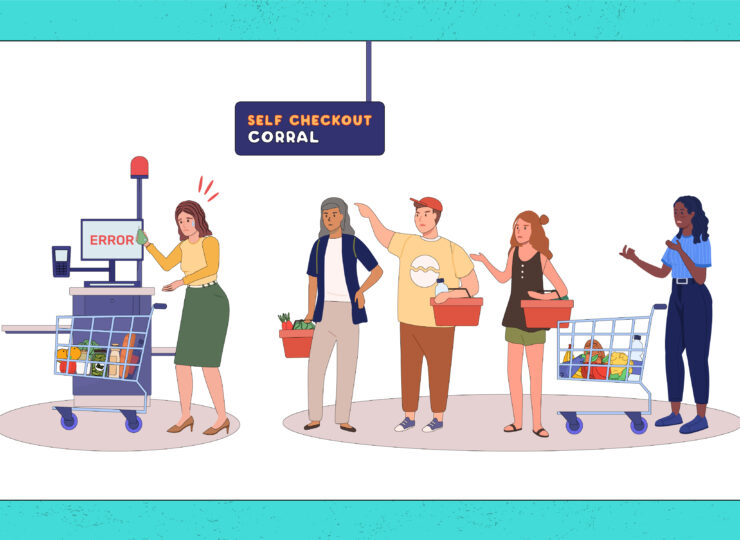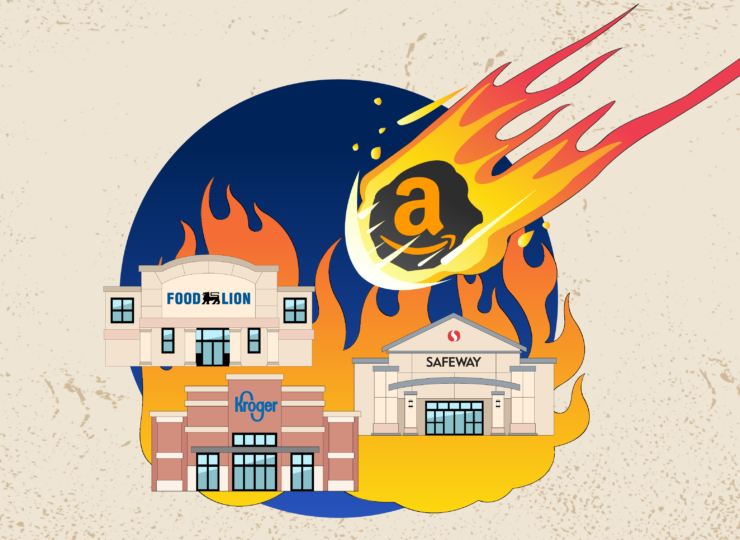Why Amazon Failed
By Will Glaser, CEO

Tech Titans Clash Over the Future of Retail
In the dynamic grocery retail landscape, a transformative wave is sweeping across the industry, propelled by technological advancements that are redefining the traditional shopping experience. At the forefront of these changes are Amazon’s Just Walk Out (JWO) technology and Grabango’s pure computer vision (CV) system, each aiming to streamline the consumer experience. Beyond that similarity, the two companies couldn’t be more different. They vary in size, technological approach, and commercial outcome. This contrast is particularly illuminating in understanding why Amazon’s ambitious venture into grocery retail has faced challenges, while Grabango’s approach is winning supporters.
Amazon’s journey into the grocery sector was launched with JWO technology’s promise of revolutionizing the consumer shopping experience by redefining the checkout process. However, the practical implementation exposed significant hurdles for their approach. The reliance on shelf-sensors, a cornerstone of Amazon’s JWO, has proven to be its Achilles’ heel. These sensors, while innovative, necessitate a fixed store layout that clashes with the dynamic nature of retail, locking down the SKU list and requiring meticulous store upkeep. This rigidity translates into high operational costs on top of the steep hardware investments. Ongoing maintenance of thousands of single points of failure made matters worse. These stores are very expensive to operate, so JWO with shelf-sensors isn’t reasonable at grocery store scale.
In contrast, Grabango’s CV-based system eschews the limitations of shelf-sensors, offering a more flexible and cost-effective solution. There’s nothing at shelf level, just a simple overhead sensor array. From that vantage point, the advanced CV system “sees” every item in the store, no matter its location. Grabango’s system is not only easier to install, but also flexible enough to accommodate the full spectrum of products and merchandising strategies that characterize modern grocery. This adaptability extends to the seamless integration of new SKUs and the dynamic reconfiguration of store layouts, enabling retailers to stay abreast of consumer trends and seasonal promotions. In short, it works in ordinary stores. The result is a checkout-free system that not only enhances the shopping experience but also drives revenue growth, increases sales, and elicits enthusiastic loyalty from consumers.
The divergent trajectories of Amazon and Grabango in the grocery sector highlight the importance of their respective technological foundations. Amazon’s prescient initial vision baked in the many limitations of shelf-sensor technology, resulting in an inability to attract shoppers or deliver the profits necessary to scale. Grabango’s harder choice of pure CV made for a more difficult initial phase; but now that it’s completed, supports widespread adoption in existing retail locations. This is a classic Tortoise and Hare parable, but with the players taking on surprising roles. The much larger Amazon lept to an early lead, but was unable to turn it into a sustained success. The more nimble Grabango, ironically, took the more difficult technical path, and is now reaping the benefits of its patience with a fundamentally more capable system.
The story of Amazon’s JWO and Grabango’s CV systems reflects the evolving dynamics of retail, where success hinges not just on shiny new technologies but on efficiently integrating them with operational realities. As the grocery sector looks to the future, the victors will be those who delight their shoppers and excel at the pragmatic incorporation of technology. Those retailers who hesitate will be left behind with a burdensome consumer experience and the high cost of 20th-century checkout.


